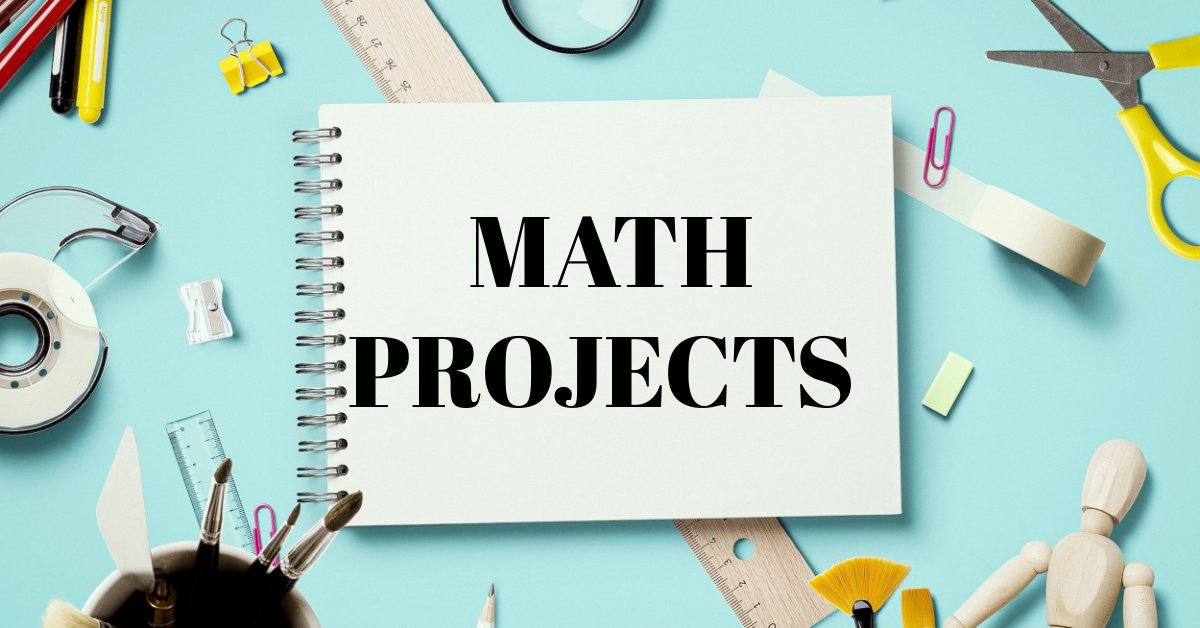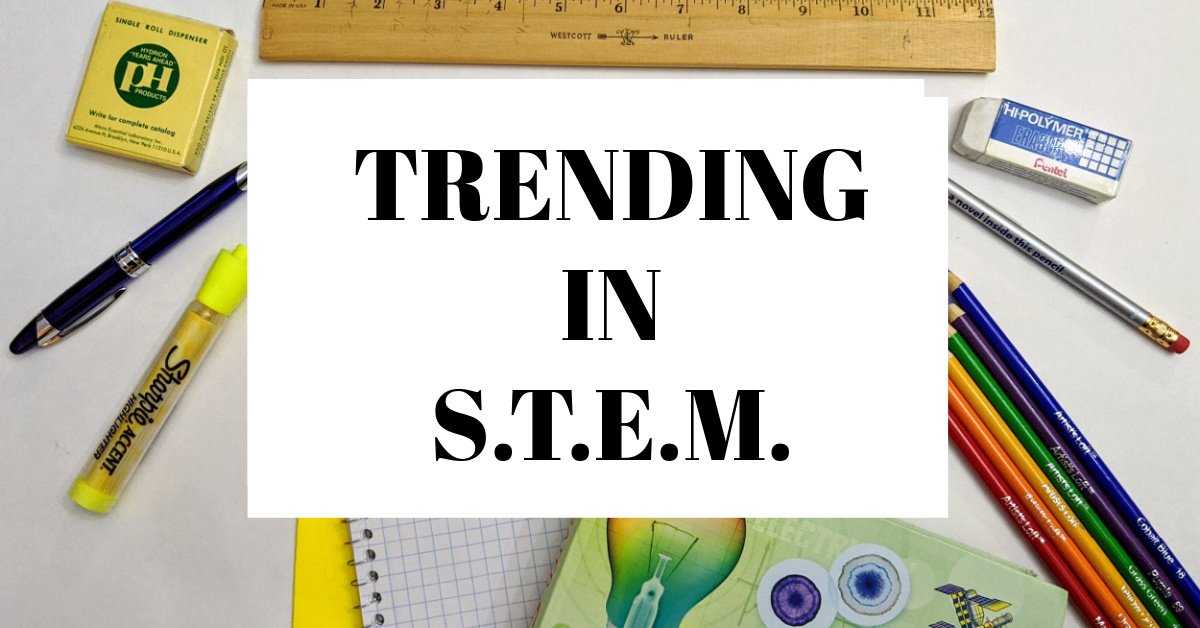Save 10%. Every day.
THANK YOU FOR DROPPING IN!
Grab creative ideas and curriculum to teach your best. We are known for our student-tested and approved projects, gallery walks and self-checking activities but also our color-coded notes and engaging approach to difficult content. Read the blogs for strategies to help with everything from classroom management to content development. AND remember, when you buy directly from Education with DocRunning you SAVE 10% over purchasing from a third-party distributor.
Cheers!








